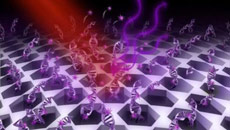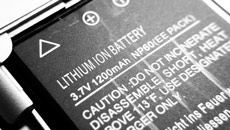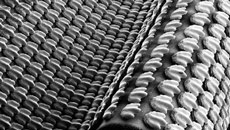To unlock the mystery behind how the cores of 'super-Earths' or giant planets like Jupiter respond to intense atmospheric pressure, US researchers have blasted a diamond with the world's biggest laser beam at a very high pressure.
Researchers from the Lawrence Livermore National Laboratory in California fired 176 laser beams at a small cylinder of gold with a tiny chip of synthetic diamond embedded in it at a pressure of 51 million kg per square centimetre.
This is the kind of pressure found near the core of giant planets.
The gold was vaporised, and in the process, the diamond was exposed to pressures tens of millions of times earth's atmospheric pressure.
The experiment took just 25 billionths of a second.
"Since diamonds are made of carbon, understanding how this material behaves at high pressures can be important in the study of planets around other stars," said lead researcher and physicist Raymond Smith.
Until now, scientists had only theoretical models to describe what happened to carbon at such pressures.
The findings are relevant to understanding the interior structure of potential carbon-rich super-Earths which could have diamond in their interiors at high pressure, Live Science reported.





